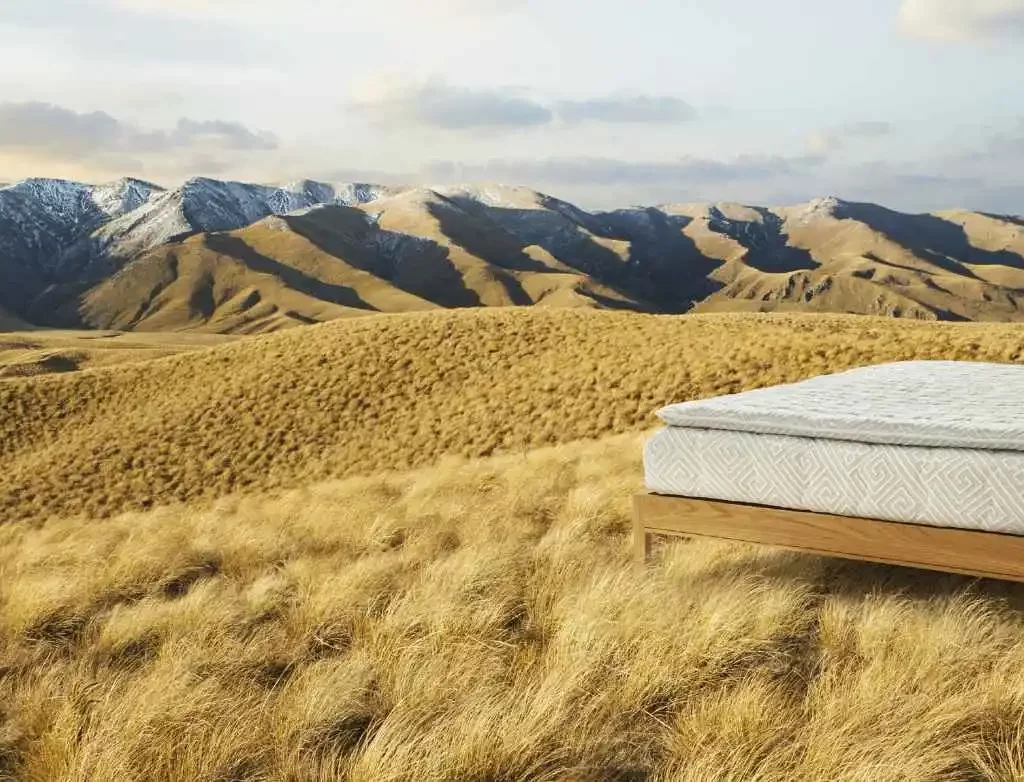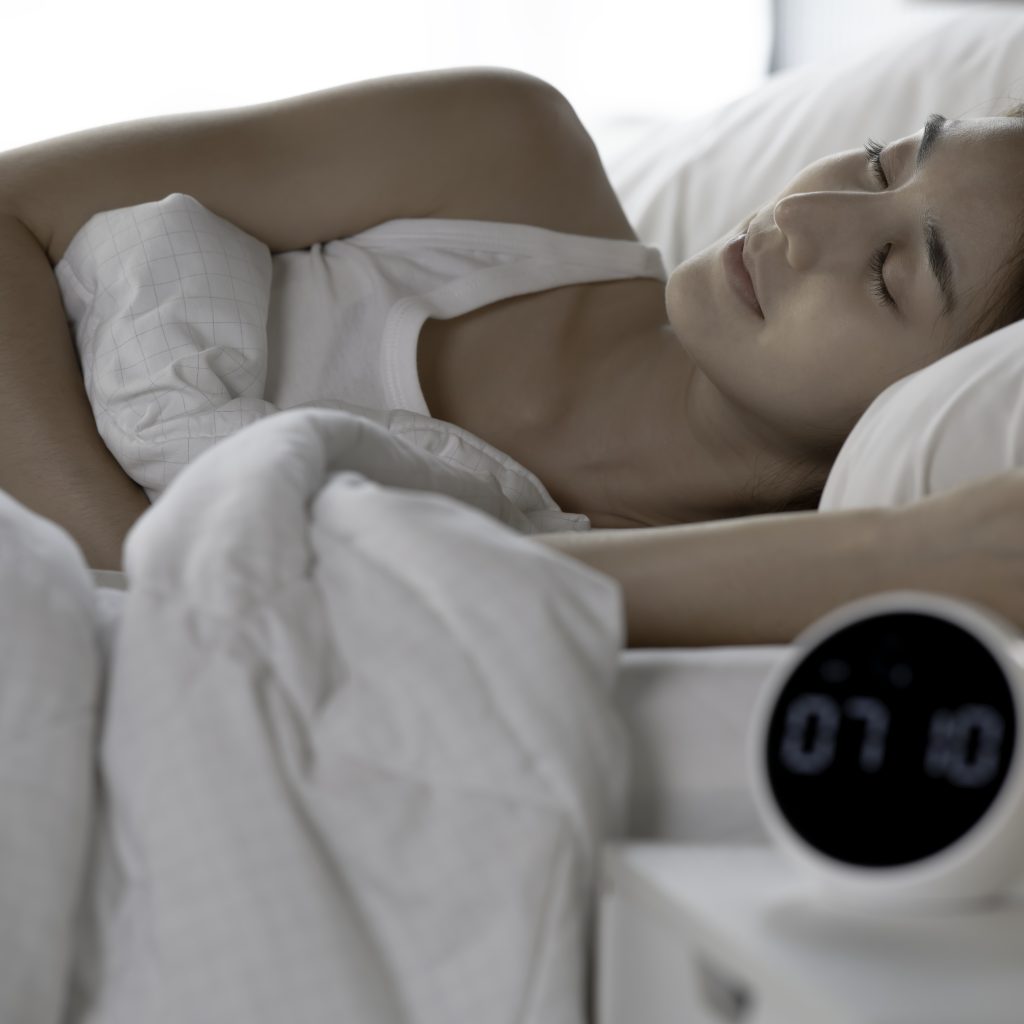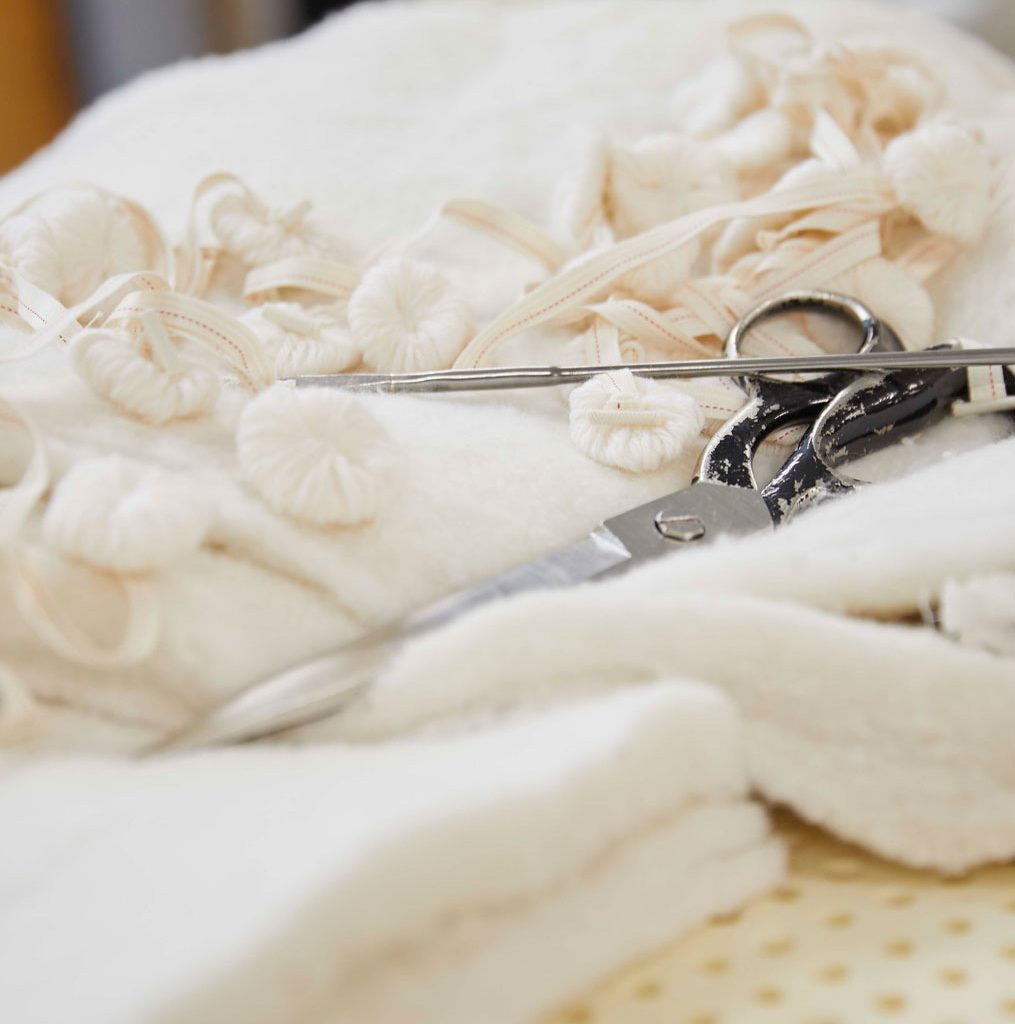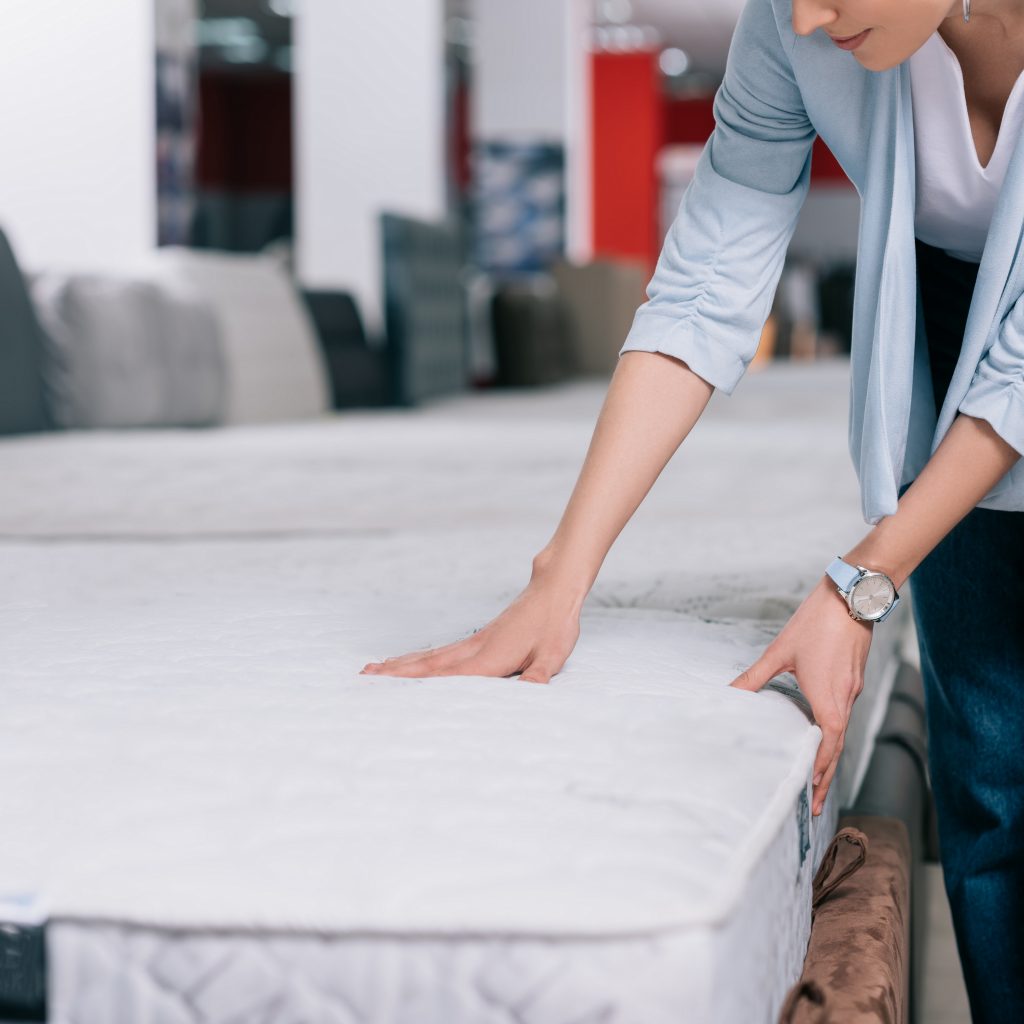Back pain is one of the most common challenges for aging bodies, and it often wreaks havoc on your sleep. Choosing the right mattress can help you alleviate pain (much like using the wrong one can exacerbate it!). But what’s the right option to enhance your spinal health?
Historically, back pain sufferers have been told to sleep on the firmest mattress available, but this isn’t necessarily the case for everyone. It’s important to note that back pain encompasses a huge range of illnesses and injuries, some of which may be chronic and others, shorter-lived. What’s best for you will depend largely on the nature and location of your pain, as well as other factors like its cause, severity, duration, your age, your body composition, and your overall sleep preferences.
If you’re struggling with back pain, any new mattress is likely to provide some amount of relief, as most people are sleeping on mattresses that are well past their best-by date! But here’s some advice to help you find the best mattress support for your spinal needs.
Latex Bed for Back Pain
The experts at Dreamwool Beds would generally recommend an all-natural latex mattress for most back pain sufferers. This is because latex offers a wide range of different densities that allow for the best conformity out of any sleeping surface, providing customisable support for every kind of body and injury.
The Right Foundation
As important as your mattress is the base underneath it. By pairing your latex mattress with a European flexible slat base, you can achieve a comprehensive level of comfort and support. A flexible slat base allows you to put extra support in the middle with an adjustable tension kit. This enables you to deflect your hip and shoulder for a better fit and greater comfort by redistributing pressure to alleviate pain and improve function . Think of it like putting an orthotic into your shoe; a flexible base helps your mattress do its best work and keep your alignment as straight as possible.
Sleeping Position for Spine Alignment
For most people with back or joint pain, sleeping on their back is the best position to maintain spinal alignment. If you prefer to sleep on your side, we recommend that you use a pillow between your knees to keep them separated and cushion sensitive joints.
Choosing the Right Bed for Your Spine
Don’t be fooled by so-called orthopedic mattresses; the truth is that these are typically just a firmer mattress from within a manufacturer’s existing range. If you do have genuine orthopedic concerns, it’s best to discuss these with your doctor or specialist to get specific recommendations for a mattress that will meet your joint and spinal health needs.
Regardless of the exact nature and circumstances of your back pain, there will be a number of potential options for you, but perhaps just one right solution. While firmer could be best, we wouldn’t recommend jumping straight to a firm mattress – there is no one-size-fits-all answer to curing your back pain. You must also consider your individual characteristics, such as the location of your injury, your body shape and weight, and your sleep preferences. The best way to find out what works best for you is to try a number of options and ask plenty of questions while you shop.
Bottom line – if you’re suffering from back pain, a new sleep set should be a high priority. Any new bed will help. And if you want the best for your spine, an all-natural latex mattress with a firmness tailored for your needs, paired with a European flexible slat base, is the way to go.
Do your spine a favour and come see us at Dreamwool today to find your perfect fit.






